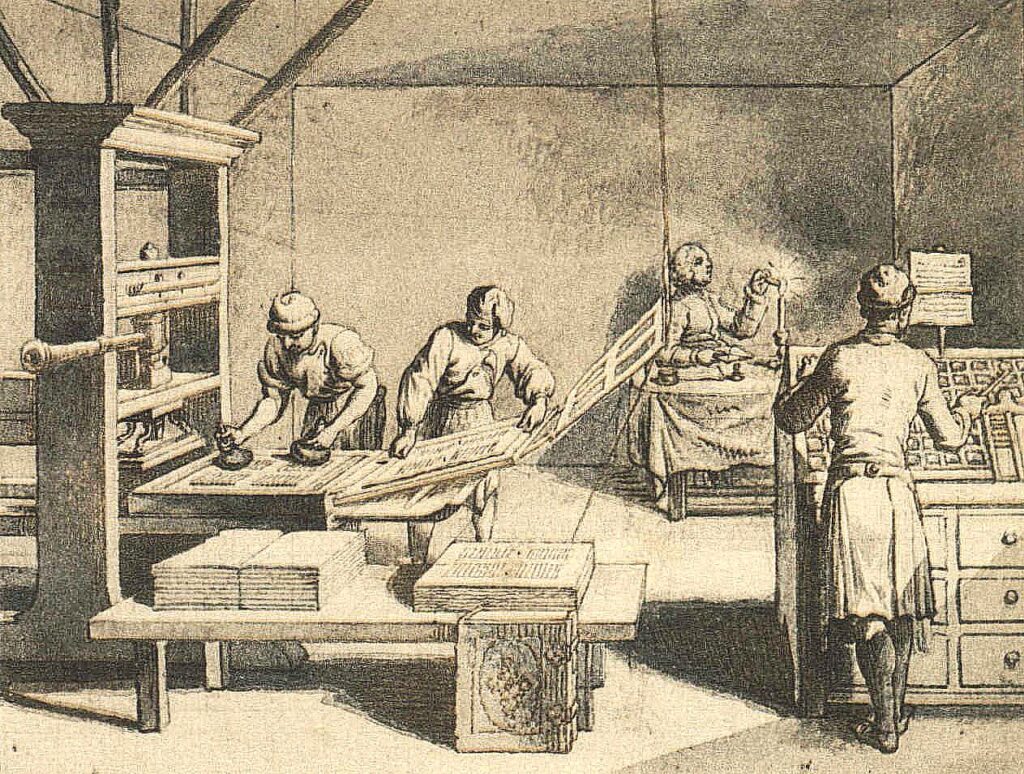If you are like most people, chances are, you’ve already made thousands of copies of different documents throughout your life. Both individuals and places of business use the printing technologies daily, and we greatly benefit from them in almost every aspect of our lives. No matter if you need to copy a document for work, your studies, or to present to your clients, with today’s devices, that can be done witing seconds. If you have ever wondered how printing technology evolved over the years, then you should continue reading and learn some interesting facts about it.
Vintage Prints

Source: wikimedia.org
It is said that the first type of printing technology ever recorded dates back to 200 AD and that it was developed in China. The way that this was done is that a design was carved on a wooden block, and then some sort of inkjet was applied to the raised part. After that was done, the block was covered either with some sort of fabric or with paper and that is how the design was printed on the surface. This process is called woodblock printing, and it was the easiest and fastest way to replicate a design with pretty great accuracy.
Modern Prints
The first modern print was made in the mid-1400, and the person who invented it is Johann Gutenberg. It is said that this technique created the baseline for what we consider modern technologies, and it included movable types of printing that were able to be controlled by hand.
This was based on technologies that were started at the beginning of the year 1000, but they were further evolved in the upcoming centuries. It is said that the Printing Press that was invented in the 1400s helped people educate themselves and get copies of books and documents that could not be replicated before.
Current Trends

Source: collegecopyshop.com
Before the Offset Printers were invented and before we, as humans, knew how to create copies of the same design without any issues, there were still slight changes in technology.
At the beginning of the 1900s, screen printing was invented, and this allowed for copies to be made in different colors on different materials. By the mid-1920, the dot matrix technique was invented, and at the beginning of the 1950s, inject technology was introduced.
By the late 60s, technologies such as laser printing became popular and available to the public, and digital printing was invented at the beginning of the 90s as suggested by Printing Tips.
Finally, we were able to witness the 3D processes at the beginning of the 2010s, and today’s technology is even more advanced and it allows us to create shapes and forms out of nothing.
Thanks to advancements in technology, today’s printing techniques, such as direct-to-garment printing and direct-to-film printing, have capabilities that have taken the 3D processes we witnessed in the early 2010s to new heights, enabling us to materialize intricate shapes and forms effortlessly.
There are many different techniques, and in some parts of the world, for some designs, older technologies are being used. We can still see some places practicing woodblock printing since it has stayed a tradition that should not be forgotten.
All of these types have their beauties, positives, and negatives, and if you have a chance, you should definitely explore them all. For best results, you should use modern technologies and the current trends, and remember that there are services that can help you get all the perfect copies you need in no time.



